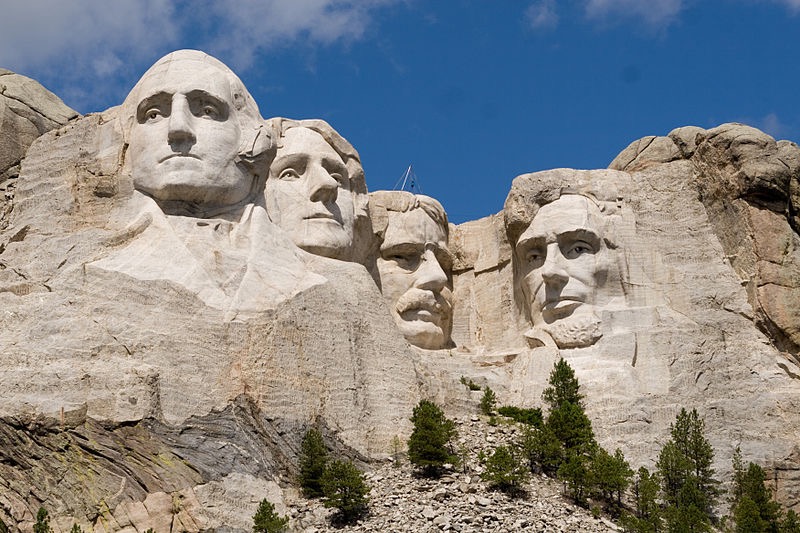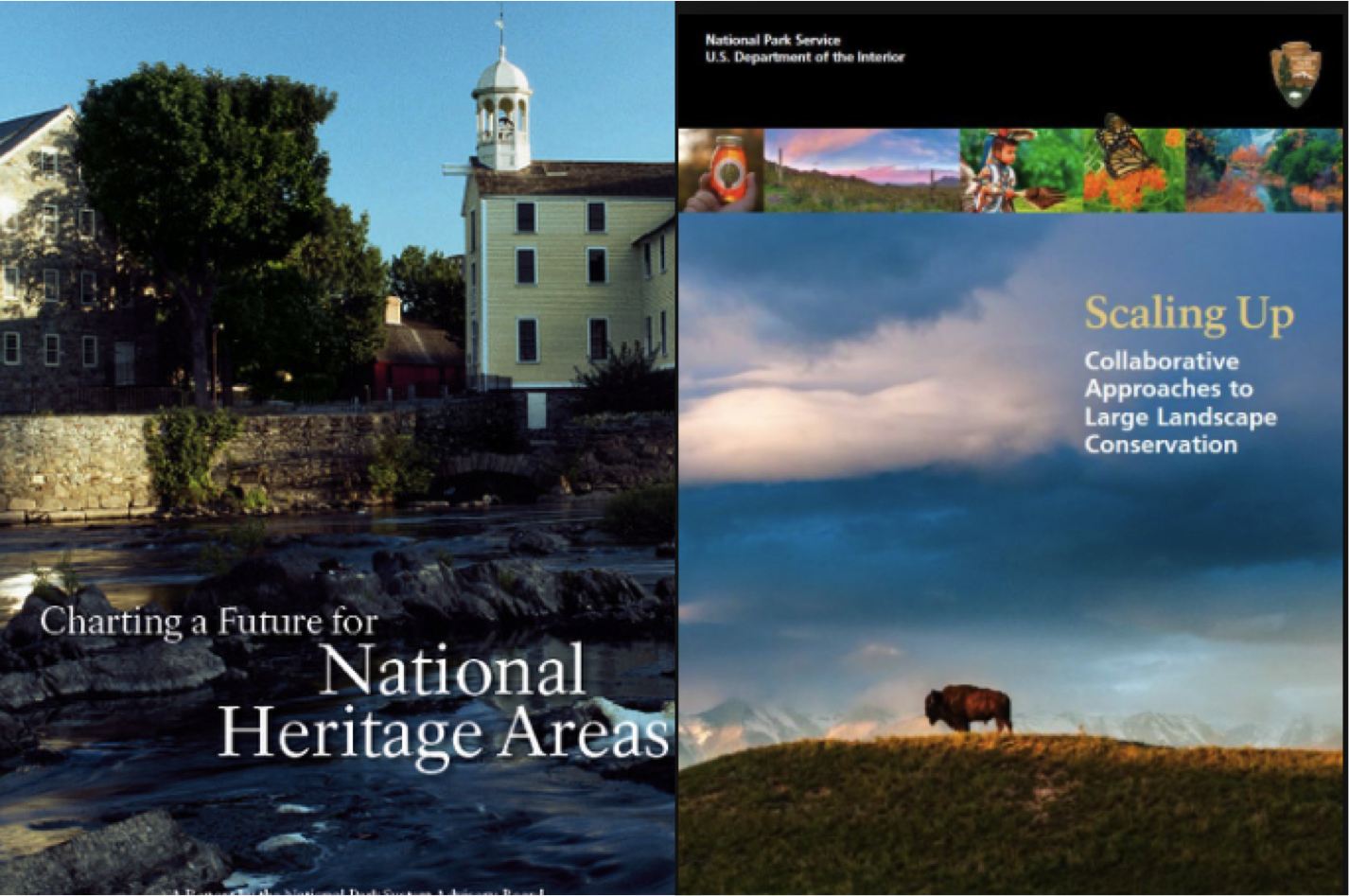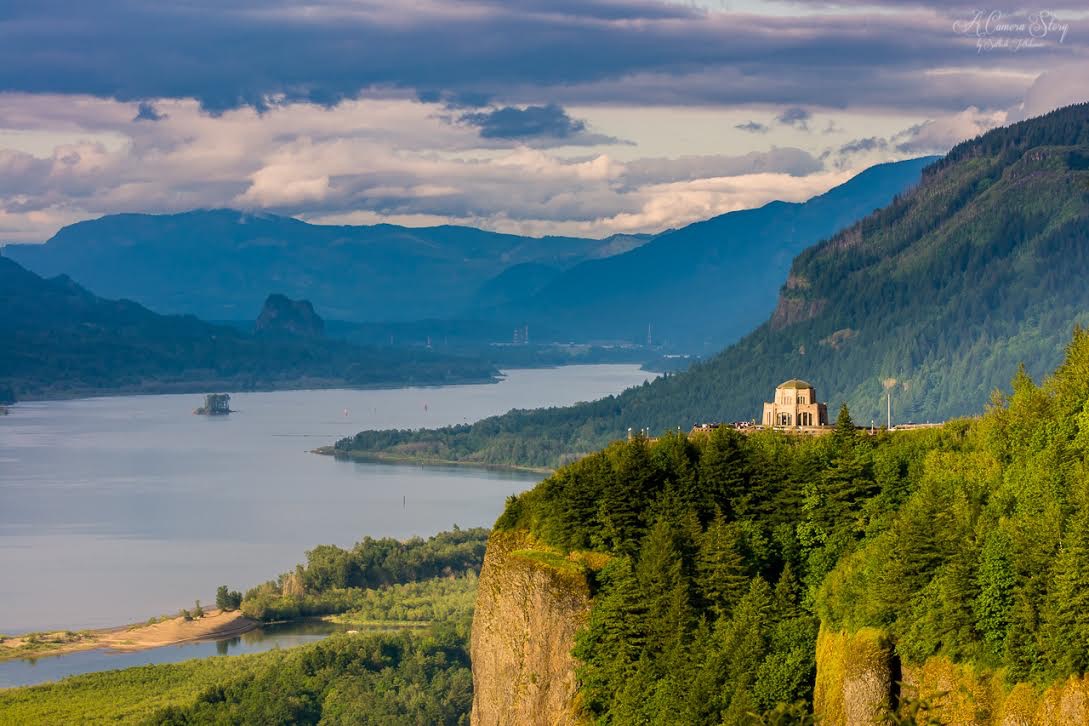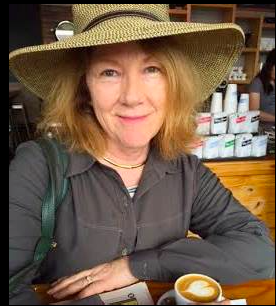To provide observations and information on the emerging fields of landscape scale conservation, heritage preservation, and sustainable community development.
Newsletter
Stay up-to-date with the latest nature, culture and community news.
We won’t spam you or share your information. Newsletters are sent approximately 10 times a year. Unsubscribe at any time.

And Now for the Next Four Years
For years I have told my family and friends that I am one issue voter and my one issue is the United States National Park Service. Which political candidate is most committed to America’s best idea? Who embraces the vision that our parks and protected areas are part of the nation’s common wealth and should reflect the complex stories that make up our country? What party recognizes that government service has value and that protecting public lands is a collective enterprise? While it is a bit early to predict exactly how landscape scale conservation will fare in the next four years under President-elect Trump, review of his proposed agenda is instructive.

Looking Back at NPS Centennial Coverage
Over the past year, we’ve been examining the National Park Service in the context of its 100th anniversary. We considered whether the NPS should expand its “brand”; looked at the history of Mission 66; evaluated the idea of certain parks being “crown jewels”; and argued for a more nuanced understanding of the NPS’ recent post World War II history. We’ve also been compiling a list of key documents and reports for thinking about the future of the agency. Here are five that are worth taking a look at as the centennial winds down.

Thirtieth Anniversary of the Columbia River Gorge National Scenic Area
Political compromise is unappreciated in our culture of late. It should not be so. Sometimes compromise works. One success story is the conservation of the Columbia Gorge. It stretches for some eighty miles from just east of Portland Oregon through the Cascade Mountains to the open hills beyond. Bipartisan collaboration conserved this majestic landscape.

Lamar Buffalo Ranch and the Landscape of Wildlife Conservation
“Oh Give me a home where the buffalo roam” goes the old cowboy song, but the fact that 21st century citizens can still enjoy the star of this song was a very close call. While estimates of the North American bison population at the time of European contact range from 30-75 million animals, by 1900 intensive hunting and a purposeful program of eradication to deprive American Indians of their livelihood had reduced the population to near extinction. The Lamar Buffalo Ranch in Yellowstone National Park was ground zero for a successful reintroduction effort. And bison are only part of this remarkable story of human intervention in this landscape.
Origins and Outcomes
In researching the history of post World War II protected area management in the U.S., I’ve begun to think more and more about how the

And Now for the Next Four Years
For years I have told my family and friends that I am one issue voter and my one issue is the United States National Park Service. Which political candidate is most committed to America’s best idea? Who embraces the vision that our parks and protected areas are part of the nation’s common wealth and should reflect the complex stories that make up our country? What party recognizes that government service has value and that protecting public lands is a collective enterprise? While it is a bit early to predict exactly how landscape scale conservation will fare in the next four years under President-elect Trump, review of his proposed agenda is instructive.

Looking Back at NPS Centennial Coverage
Over the past year, we’ve been examining the National Park Service in the context of its 100th anniversary. We considered whether the NPS should expand its “brand”; looked at the history of Mission 66; evaluated the idea of certain parks being “crown jewels”; and argued for a more nuanced understanding of the NPS’ recent post World War II history. We’ve also been compiling a list of key documents and reports for thinking about the future of the agency. Here are five that are worth taking a look at as the centennial winds down.

Thirtieth Anniversary of the Columbia River Gorge National Scenic Area
Political compromise is unappreciated in our culture of late. It should not be so. Sometimes compromise works. One success story is the conservation of the Columbia Gorge. It stretches for some eighty miles from just east of Portland Oregon through the Cascade Mountains to the open hills beyond. Bipartisan collaboration conserved this majestic landscape.

Lamar Buffalo Ranch and the Landscape of Wildlife Conservation
“Oh Give me a home where the buffalo roam” goes the old cowboy song, but the fact that 21st century citizens can still enjoy the star of this song was a very close call. While estimates of the North American bison population at the time of European contact range from 30-75 million animals, by 1900 intensive hunting and a purposeful program of eradication to deprive American Indians of their livelihood had reduced the population to near extinction. The Lamar Buffalo Ranch in Yellowstone National Park was ground zero for a successful reintroduction effort. And bison are only part of this remarkable story of human intervention in this landscape.
Origins and Outcomes
In researching the history of post World War II protected area management in the U.S., I’ve begun to think more and more about how the


